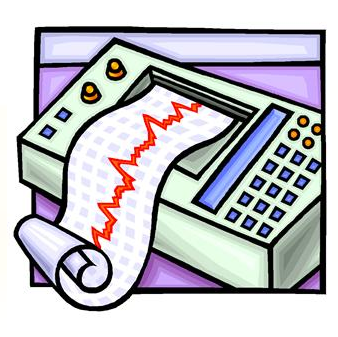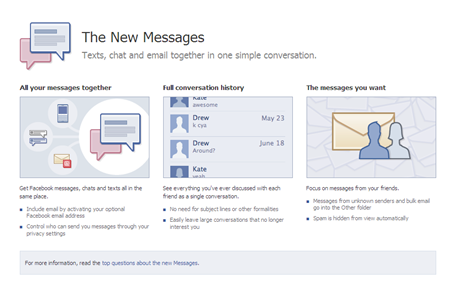eDiscovery Trends: Some SaaS Benefits for eDiscovery

I found an interesting article on Ezine Articles by Sharon Gonzalez, a freelance technical writer with 15 years experience writing on various technical subjects, especially in the areas of cloud computing, Software as a Service (SaaS), and Internet technologies. The article entitled EDiscovery on SaaS, discusses some of the benefits of SaaS solutions for eDiscovery.
Gonzalez notes that “use of [the] eDiscovery SaaS model which has brought down the costs of many organizations” because the “model is a vendor hosted infrastructure that is highly secured and the customers can run the applications from their own machines”. Advantages noted by Gonzalez include:
- Easy Manageable Services: Legal teams are able to process, analyze and review data files using the eDiscovery tools from the SaaS provider via their own browser and control and secure information within those tools. No software to install.
- No Problem for Storage Space: The SaaS model “eliminates all requirements of added infrastructure for…increasing storage space”. While many eDiscovery SaaS models charge a monthly fee based on data stored, that fee is eliminated once the data is no longer needed.
- Cost-Effective Solutions Provided: Gonzalez notes “Since…the SaaS architecture is maintained by vendors, IT departments are free from the burden of maintaining it. It is also a cost-effective method as it cuts down expenditure on hiring additional IT professionals and other physical components. The companies have to pay a charge to the vendors which work out far cheaper than investing large sums themselves”.
- Built-In Disaster Recovery: Redundant storage, backup systems, backup power supplies, etc. are expensive to implement, but those mechanisms are a must for SaaS providers to provide their clients with the peace of mind that their data will be secure and accessible. Because the SaaS provider is able to allocate the cost for those mechanisms across all of its clients, costs for each client are considerably less to provide that secure environment.
There are SaaS applications for eDiscovery throughout the EDRM life cycle from Information Management thru Presentation.
Full disclosure: Trial Solutions is the leader in self service, on demand SaaS litigation document review solutions, offering FirstPass™, powered by Venio FPR™, for early case assessment and first pass review as well as OnDemand™ for linear review and production.
So, what do you think? Have you used any SaaS hosted solutions for eDiscovery? Please share any comments you might have or if you’d like to know more about a particular topic.











